Mining
The end of the Spanish Civil War and its favourable outcome for the large regional metallurgical and mining capital encouraged the rapid resumption of the sinking projects that had been left in the background by the coup d'état.
In the case of Duro Felguera, the 1940s came with plenty of refurbishments and improvements in its coal units, encouraged by the autarchic context of the military dictatorship. This is the case of the San Mamés Mine (1940-1992), where a massif was exploited below the level of the valley. It had been exploited since ancient times and later inherited by Duro Felguera with the integration of Herrero Hermanos in 1902. The company from Langreo had been exploiting it since then by means of mountain mines at different levels of the mountain range.
The San Mamés Mine, also known as Villar Mine due to the name of the place where it is located, was built very quickly. This required different construction systems, especially visible in the facility. As for the machinery, the extraction machine stood out, replaced in 1960 by a singular example of a cone-shaped drum. The previous one ended its days, after serving in other mine shafts of the company, in the works of the Tajo-Segura flow transfer, an epic final purpose for several Asturian coal extraction machines. The headframe, however, is extremely traditional, being one of the last buildings that Duro Felguera made with a riveted lattice of iron profiles. Its silhouette stands out in the sky of Sotrondio, creating an authentic symbol of our most immediate past.
The coal was sent through the loading dock in La Hullera, where Langreo Railway had laid a railway branch together with the Los Gallegos Bridge. The connection between the mine and the loading dock required the construction of a tunnel, built by political prisoners. They redeemed their political deviations by means of their work in a colony of Obra de Redención de Penas, with which Duro Felguera would collaborate intensely, maintaining three centres: Villar, Mosquitera and Fondón.

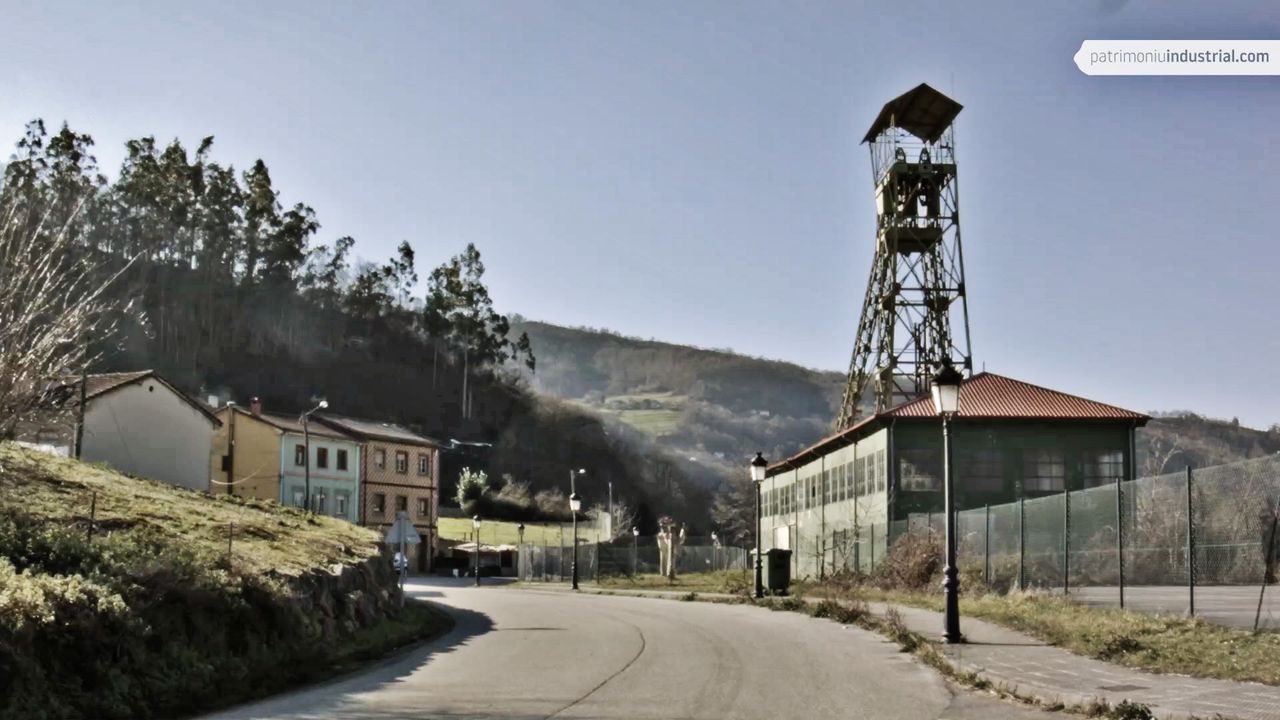
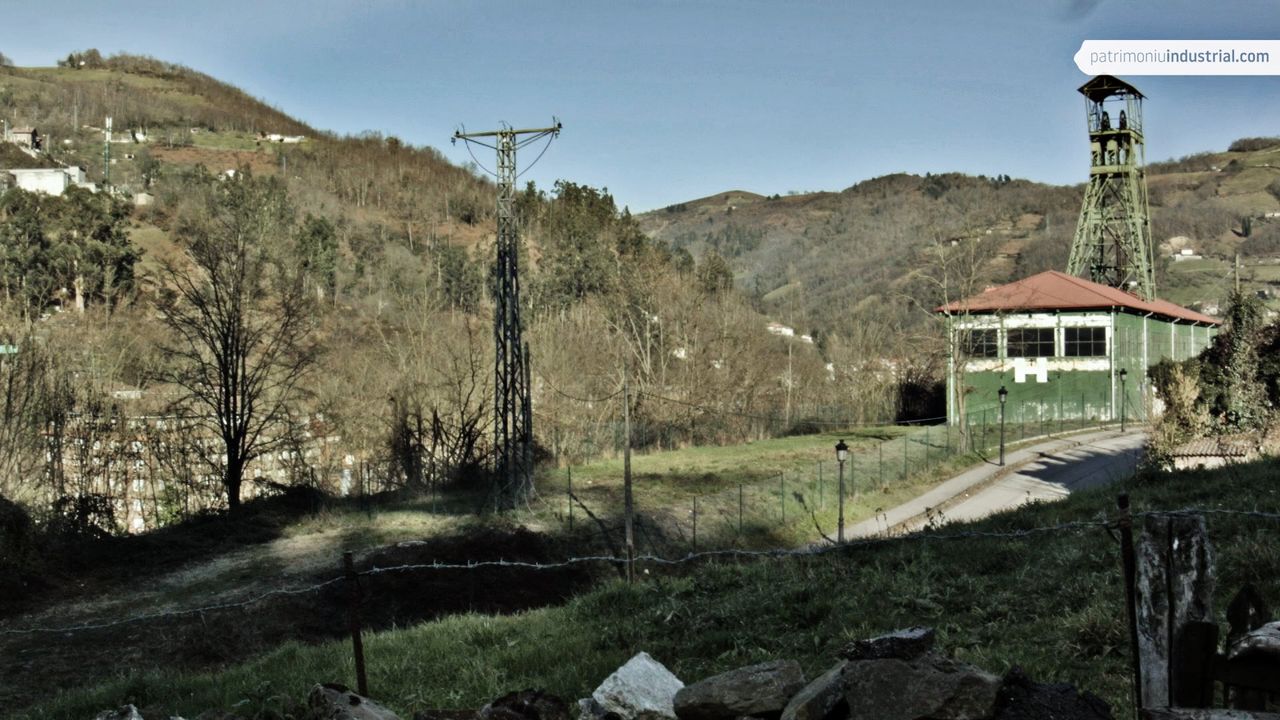
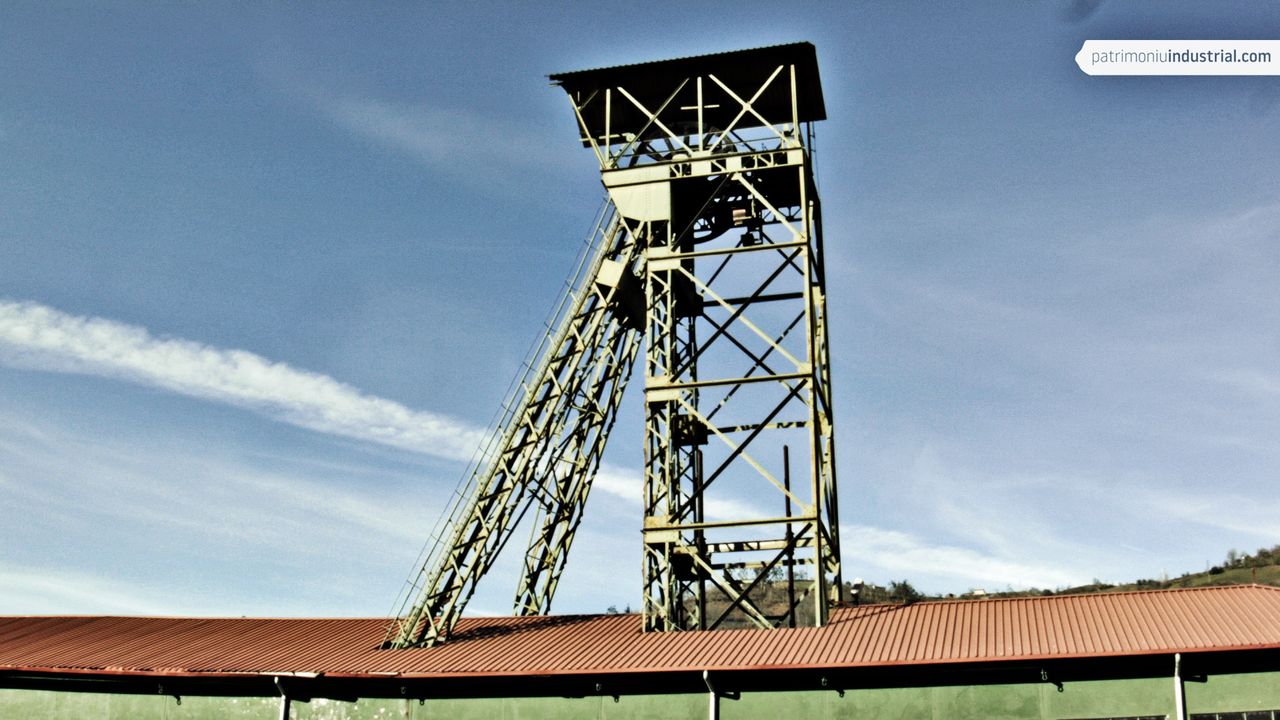
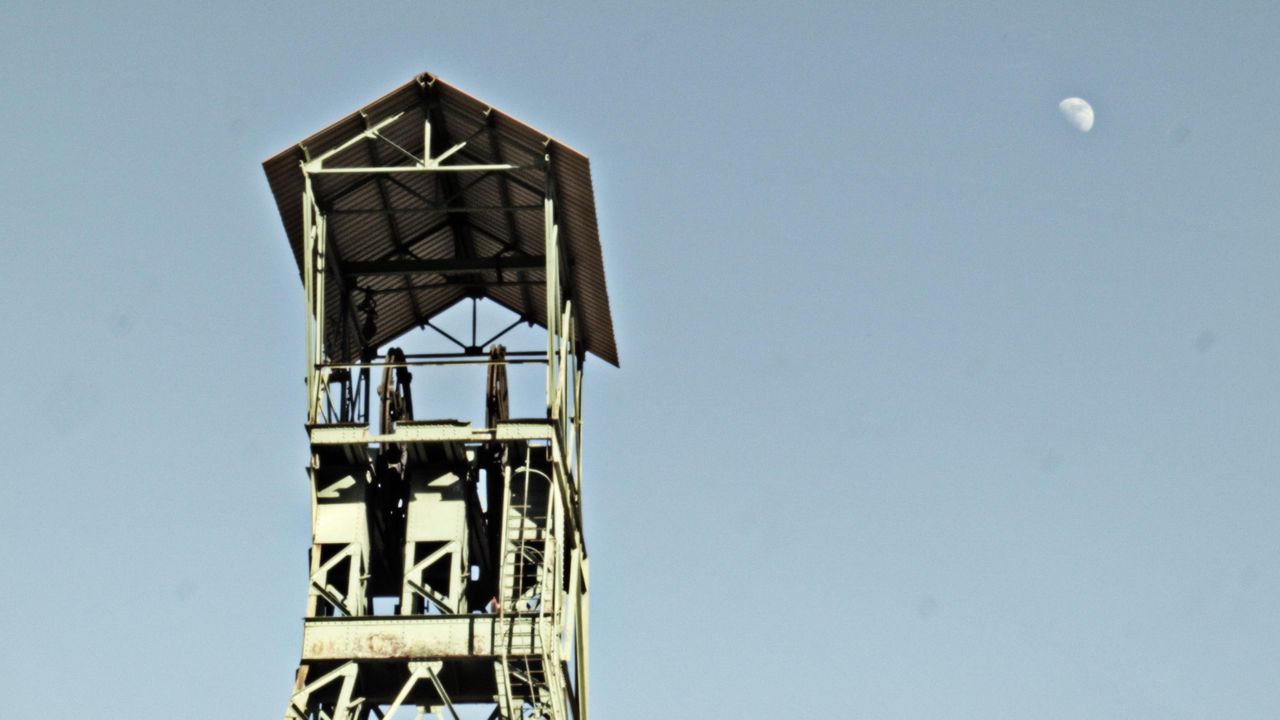
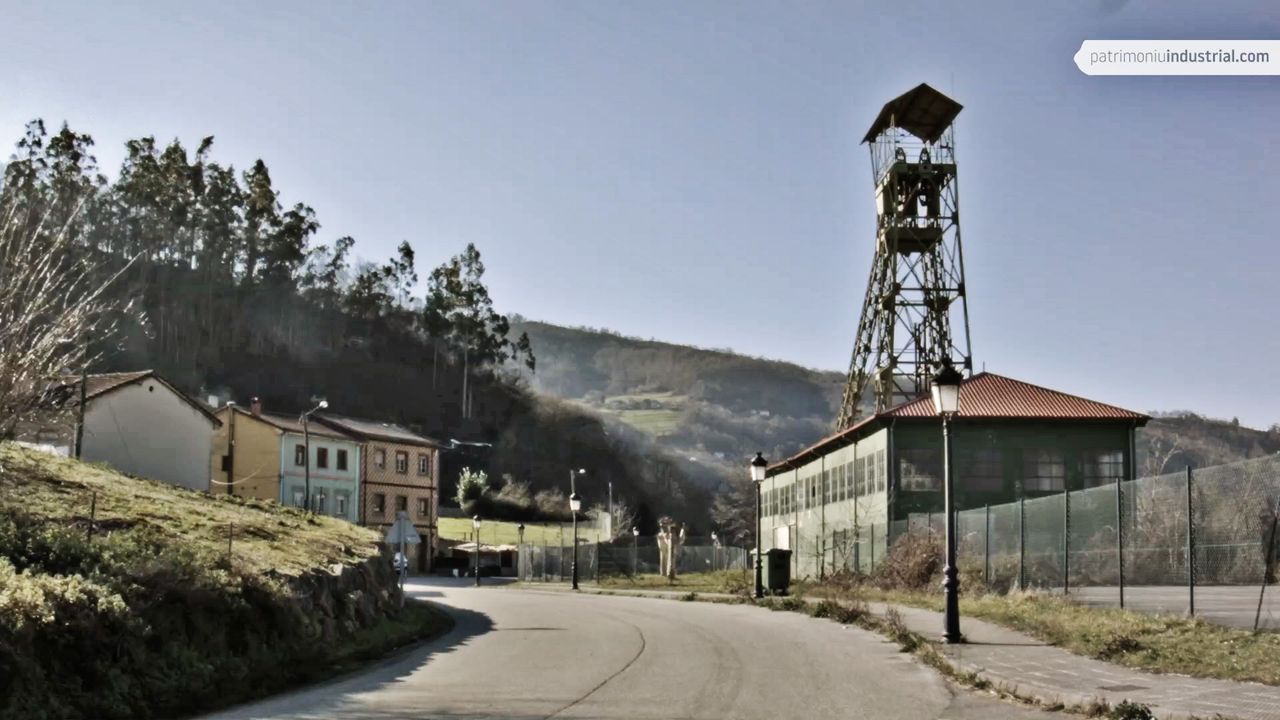

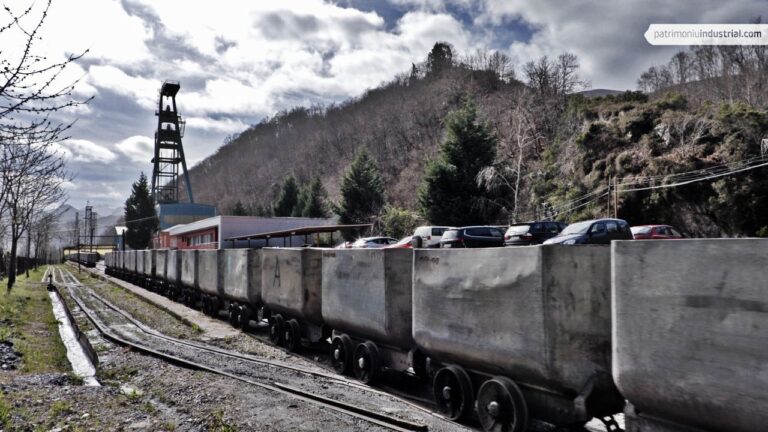
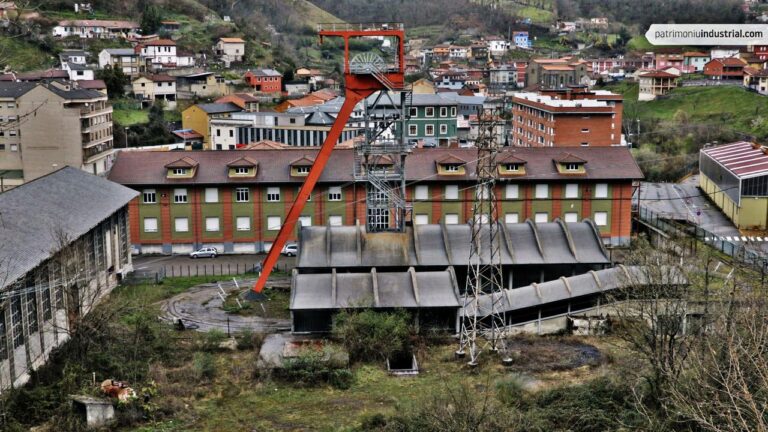

Recent Comments